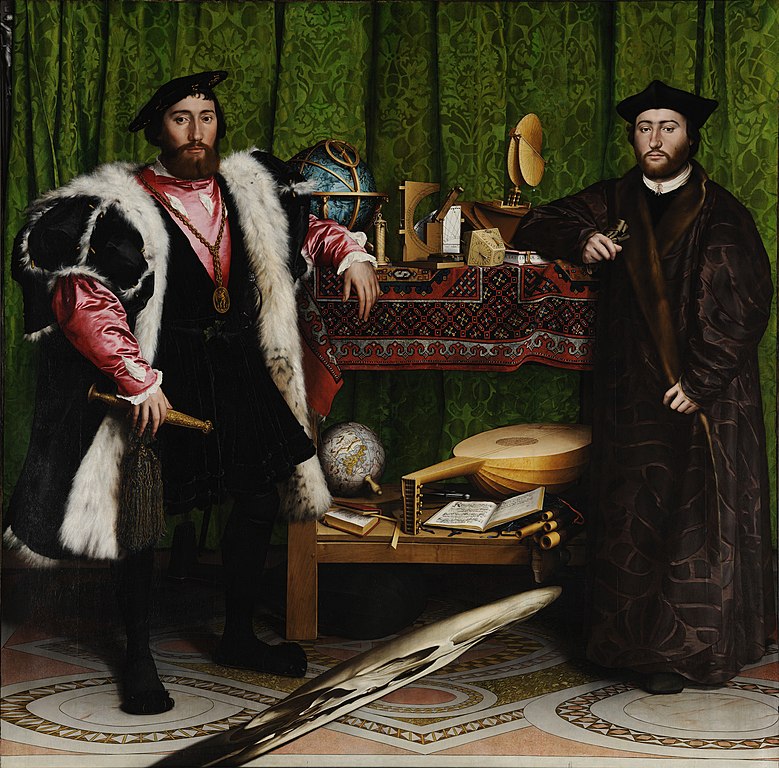Lacan was already familiar at the time with the work of Robert Stoller, who had written a book on sex and gender, and he himself used the word “gender” on quite a few occasions. However, it is his own psychoanalytic theory of what he called sexuation as a symbolic social construct that then effectively influenced and helped shape a whole contingent of work within the field of gender studies, within feminism, that is still very much ongoing.
What it really means to be a Lacanian
Psychoanalyst and Professor of Psychoanalytic Psychology
- To be a Lacanian doesn’t mean to believe everything Lacan ever said, but to have the courage to reinvent psychoanalysis whenever one is confronted with the need to do so.
- Lacanian theory spread from Europe to South America and the Anglophone world; currently, Lacan’s ideas are present in diverse fields such as architecture, business management, gender studies and art.
- Reading Lacan is still important today because he is one of the most significant 20th century French thinkers; his work continues to be controversial, and he forces the reader to set aside preconceptions.
Founding and dissolving his own school
After Jacques Lacan was expelled from the International Psychoanalytical Association in 1963, it didn’t take him very long to set up his own school. In June of 1964, he created what became known as the École Freudienne de Paris, a school where people could receive their clinical and theoretical training in psychoanalysis. This school of psychoanalysis continued to exist until 1980, when Lacan decided that the school that he himself had founded should be dissolved.
The documents state that the main reason why he did this is that he had come to the conclusion that his own school had become too much of a church. In other words, the documents seem to indicate that Lacan had decided that the École Freudienne de Paris should be dissolved because it had become a doctrinal, dogmatic school rather than a place in which psychoanalytic and other ideas could still be creatively developed.
The French term that he used was d'écolage, which is actually a pun because it means both de-schooling and de-gluing (décollage). So d'écolage referred both to the dissolution of the school as a structure and to the fact that the glue that had kept people together – too much together – had to be cut for a new kind of freedom and a new kind of creative spirit to emerge.

Illustration of the concept of education by Studio ART
Who is a Lacanian?
The question as to what it means to be a Lacanian was already asked by Jean Clavreul, one of Lacan’s followers during the 1960s, shortly after the École Freudienne de Paris was created. The answer that Lacan and Clavreul came to at the time still holds true today.
To be a Lacanian does not mean to believe every single word that Lacan had ever said or every single word that he had ever written. To be Lacanian does not mean to adhere to any kind of doctrinal, dogmatic, theoretical and practical paradigm. To be Lacanian means to have the courage to reinvent psychoanalysis, both the theory and the practice, whenever one is confronted with the clinical or theoretical need to do so.
How Lacan’s ideas spread
Geographically, Lacan’s ideas originally spread in the francophone and hispanophone worlds and moved from Europe to South America. Today, in large parts of South America – not just Brazil and Argentina, but also countries such as Uruguay, Peru and Venezuela – Lacanian psychoanalysis is a staple of psychology degrees. Many, if not most, clinicians, whether they were originally trained in clinical psychology or not, practise with a version of Lacanian psychoanalysis.
From the mid-1970s onwards, Lacan’s ideas also started to spread in the US and more broadly in the anglophone world. At the moment, Lacanian ideas are present in various disciplines outside psychoanalysis in the human and social sciences, but also outside the human and social sciences, and even outside the arts and humanities. Sometimes I encounter Lacanian ideas in disciplines where you wouldn’t immediately expect to find them, such as in architecture, or indeed in business or management studies, which is actually – and to my own surprise – an area where Lacanian theory has proven to be extraordinarily successful and fruitful.
Shaping the field of gender studies
During the early 1970s, Lacan delivered a seminar that he titled Encore, which again is a pun because it means simultaneously “more, still” on the one hand and “embodied, within the body” (en corps) on the other hand. In this particular seminar – and in a sense, already a couple of years before – he produced what came to be known as a theory of sexuation. This theory of sexuation was based on the cardinal assertion that femininity and masculinity are constructions – symbolic constructions; they are elements of language that human beings assimilate in an attempt to construct themselves, consciously or unconsciously, in a sexual way.

Young man drawing self portrait face by pathdoc
The Lacanian gaze in art
One example as to how Lacan’s ideas on the gaze influenced the field of arts is the illustration that he himself came up with in 1964 of the relation between the spectator and the painting. Lacan’s argument was that whenever a spectator goes to an art gallery in order to look at the painting, the painting is never merely in the place of the object that is being looked at; the spectator is also being looked at, but by the painting.
Lacan famously referred to Holbein’s The Ambassadors, a painting in the National Gallery in London, in order to make that argument. He wanted it to be a paradigmatic example that could be extended to all situations of spectatorship and art appreciation.
The point is that the look, the gaze, is not just something that is situated in the spectator and that exudes its power from the spectator to the work of art. The work of art itself contains within its structure a gaze that is exercising its force over the spectator.

Hans Holbein the Younger - The Ambassadors. Wikimedia Commons. Public Domain
Reading Lacan today
There are at least three reasons as to why reading Lacan is still very important today, in the 21st century, year 2021. The first reason is that whether you like it or not, Lacan is one of the most important 20th century French thinkers – not only psychoanalysts, but thinkers. So one reason for reading Lacan is that his ideas have been exceptionally influential. It would be a mistake to ignore someone’s work that has been so influential and that has had such an impact on such a broad range of fields.
The second reason for reading Lacan is that, over the years, Lacan has received quite a bit of bad press, much like Freud. So whenever you read Lacan, you know that you’re reading someone whose work is controversial – someone who didn’t shy away from courting controversy and from being polemical, and whose work, even within psychoanalysis, is still very much considered to be controversial.
That in itself makes it much more interesting to read someone, because you know that there is something in that person’s ideas that is not going to be bland. You know that somewhere the controversy is going to come across as a radical, transformative, innovative experience that could effectively change your way of thinking, which then brings me quite nicely to the third reason for reading Lacan.
Setting aside preconceptions
Lacan is notoriously difficult to read – less so when you read the seminars, because the seminars are transcriptions of lectures, which are closer to the spoken word than to the written word. Although Lacan’s work is notoriously difficult, at the same time, it forces you – and this is the only way to read Lacan – to set aside all your preconceptions about what things mean, both within psychoanalysis and in the wider world.
Lacan is not the kind of writer who gives you clear definitions. He gives you thoughts that more resemble poetry than anything else, but he forces you, as a reader, to balance meaning against the resonances of the word. He forces you to set aside your preconceptions and to go along with him on a journey of discovery. It can be extraordinarily valuable because there is something creative in that experience, even if the end point of that journey is not entirely clear. It’s the journey itself that matters.
Discover more about
the legacy of Lacan
Casement, A., Goss, P., & Nobus, D. (Eds). (2020). Thresholds and Pathways Between Jung and Lacan: On the Blazing Sublime. Routledge.
Nobus, D., & Quinn, M. (2005). Knowing Nothing, Staying Stupid: Elements for a Psychoanalytic Epistemology. Routledge.